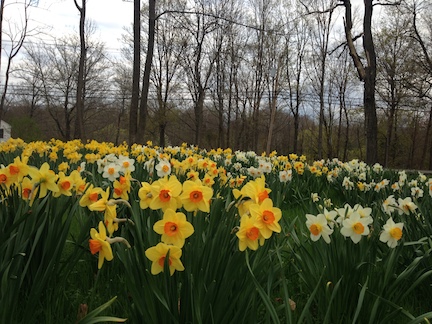Living With Bees Part 1: Don’t Panic, they didn’t really kill Olivia De Havilland. Just her career
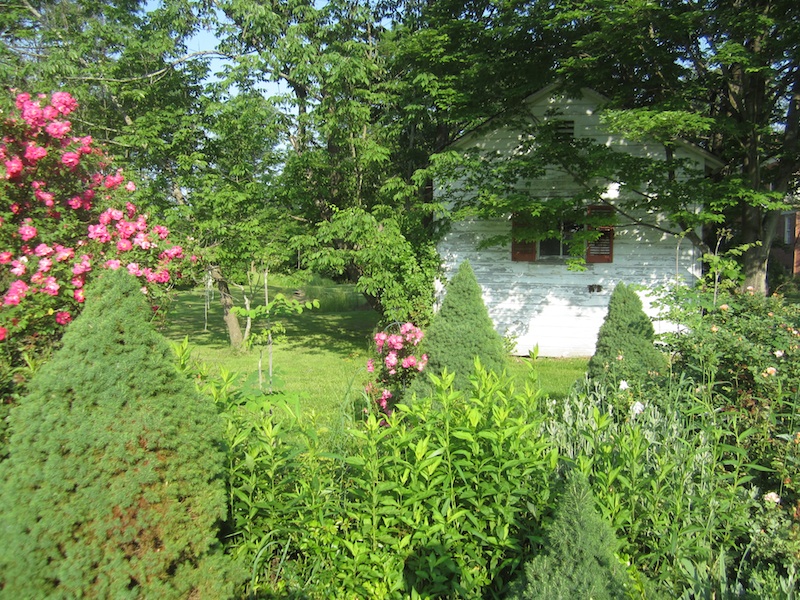
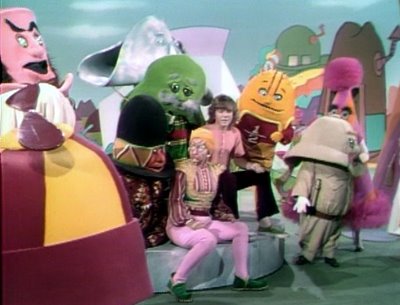
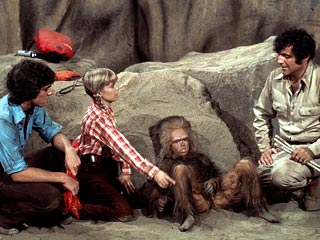
While in the midst of tending my garden one afternoon about two years ago, I noticed what looked like a small black hole on the backside of the schoolhouse nearby. Although the building is in rough shape, to put it kindly, a random black hole in the siding struck me as not quite right. Curious, I began to walk towards it. As I approached, the hole seemed to be animated, pulsating ever so slightly, its edges subtly shifting. Fascinated, nearsighted, and quite certain I wasn’t having a hallucinogenic flashback (Damn that summer in London after college graduation!) I came up fairly close to the mysterious living hole. Maybe it wasn’t a hole after all, but actually a portal that would suck me in and transport me to another place and dimension. Being unemployed at the time, the concept had a certain appeal, although I hoped I wouldn’t end up in Lidsville. I was in the midst of debating whether traveling to Sid and Marty Kroft’s Land of the Lost
as opposed to the the Will Ferrell version
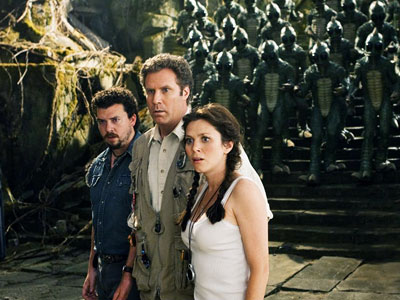
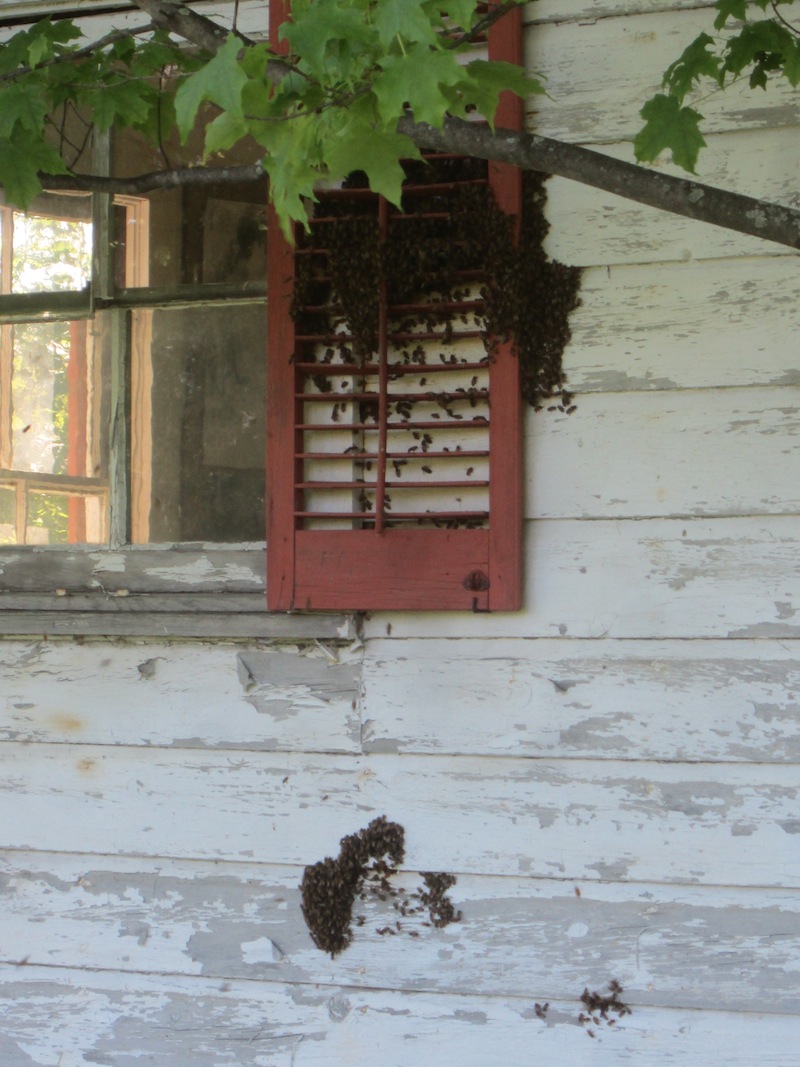
would require different outfits, when a flash of terror rooted me in my spot and I went no further. The spot on the back of my building was neither hole nor portal, but a swarm of KILLER BEES!
Panicked, I began to spin through my mental rolodex of the natural disaster documentaries I watched in my childhood. Ah, there it was! According to the time-lapse map illustrating their projected geographic march across the United States on In Search Of - The Killer Bee episode, they were past due in upstate New York by this time (and as we all know, anything narrated by Leonard Nimoy had to be true). That was it. I was probably toast. On the other hand, there might be a small chance for survival. Being a fan of Irwin Allen’s oeuvre, I had watched his epic masterpiece TheSwarm several times and I knew exactly what to do, er well, what not to do around a swarm of killer bees.



Mainly, stay very still and don’t make any sudden movements that would attract their attention or agitate them in any way. After all, it had taken very little provocation for bees to turn this couple’s joyous summer picnic into a honey-filled ride in a hearse.
I could try to outrun them, with two options of escape. The first being to dive underwater and stay there until they forgot about me, breathing through a reed, and the second - follow Patty Duke’s example from TheSwarm, and wait it out in the meatlocker of the diner I worked at, as bees don’t like cold temperatures. Not having a reed, or straw, or a full tub of water waiting in the bathroom, let alone a pond handy, the first plan didn’t seem to be a good option. Having just gone grocery shopping, it would take me forever to empty my fridge (damn double coupon days!). I would be a goner long before I got to find out if the light actually does go off when the door is closed. Oh, the humanity!


Still in a statuary state, the swarm hadn’t seemed to notice me yet. Then it happened. One of the bees started to head right towards me. It flew rather lazily, not quite in a straight line, but deliberately slow, in order to prolong my agony. As I prepared to meet my end like Olivia de Havilland, Fred McMurray and the countless Swarm extras, I closed my eyes. I felt a light bump against my forehead, and then. Nothing. No searing pain. No mass attack. I opened my eyes and watched it fly on its merry way. I then noticed other bees flying to and from the swarm on the back of the schoolhouse, hovering and floating on the air currents, no sense of urgency, as if drunk or high on pollen. Certainly not bothered by the likes of me. These bees weren’t killers! They weren’t even hard-pinchers! They were just an amazingly large colony of garden-variety honeybees living in the back of my building. In terms of bee scariness, they ranked somewhere between that little bee girl from the Blind Melon video from the 90’s and the all girl group the Honeybees formed by the Castaways on Gilligan’s Island.

I could drop the statue act. I walked back to the house, and took a nap, exhausted.

Once I realized my own demise was not imminent, I spent some time observing them. I developed a newfound respect for the bees that summer, if no fast friendships. Not to sound politically incorrect, but they all did look the same to me (except maybe for Clarence, that is). We coexisted peacefully however. The bees were quite active, and we were constantly bumping into each other, near my fountain, in the garden, by the clothesline, with nary a sting. Still, I realized the happy situation couldn’t last forever. The sheer number of them was still intimidating, if not actually fatal. The fact that I have renters, guests, and children who visit the property frequently might accidentally do something to provoke them and get stung was also a problem. I would caution them about the hive, playing up its harmlessness, but it is hard to convince a mother with a five year old child that thousands of bees dripping off the wall of a building posed no threat to her little moppet, unless he accidentally threw a ball or himself against the wall.
When I told people how cute it was to watch them drink on the lip of the fountain on really hot days, I realized I might be coming off a little “Willard-like” and creepy. The man who mows my lawn already had been stung several times.


My first thought was to call an exterminator to come and take care of things. Then I thought again. I had seen enough stories in the news to know that the honeybee population was in trouble due to something called hive die-off, or more properly Colony Collapse Disorder. Always having had sympathy for the travails faced by the early settlers of the Jamestown and Plymouth colonies the last thing I wanted to do was cause hardship on any other colony, be it human or insect. Bring in an exterminator, who might well, exterminate them, was a heavy burden, the last thing I wanted was to have another Lost Bee Colony of Roanoke on my hands.
I thought of other options. Maybe they could move. I wasn’t sure if they made a bee have a heart trap, but there must be some catch and release equivalent for insects. I expressed my concern to someone who advised me to seek the advice of a professional beekeeper. I came across a flier for a beekeeper at the local paint store not long thereafter and called the number on it. I spoke to a man on the phone. He asked about the location of the hive in the building, the size of opening in the wall, and how long the bees had been there. After he ascertained he could probably remove them easily, he said he would come a take a look, but being as it was late in the season, it would be better to move them in the spring. I next cautiously asked him the cost. After all, I would like to save them, but if it meant a financial sacrifice, my altruistic colony saving side only could stretch so far. He hemmed and hawed a bit, then said, “Depending on the size, what if I gave you half the honey?” I didn’t understand, and was silent at first. “At least two jars, minimum.” he promised.
It took a moment longer to sink in that he was not talking about what I would be paying to him, but what I was expecting in payment from him to take away the bees. I thanked him and told him I would be in touch in a few weeks to set up a time. After I got off the phone I marveled at how in the course of a 5-minute phone call I went from having a problem, to having a commodity! Hhmm…….


